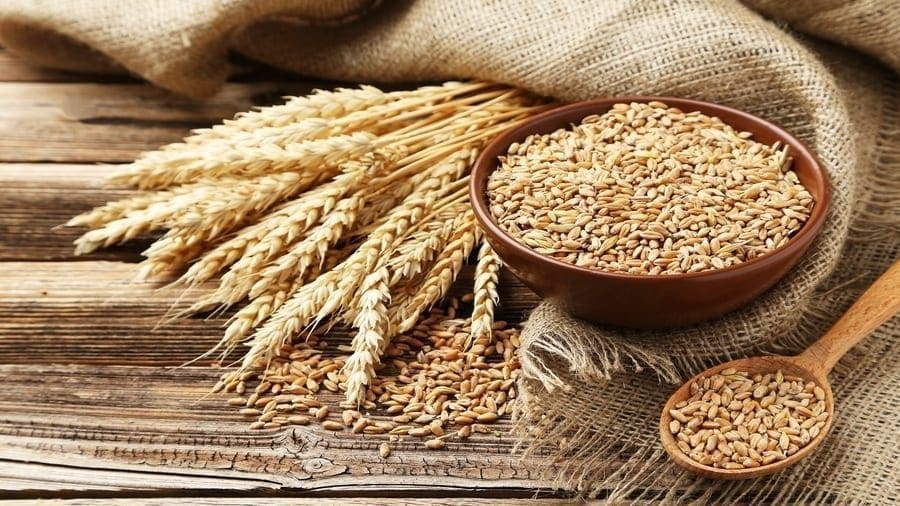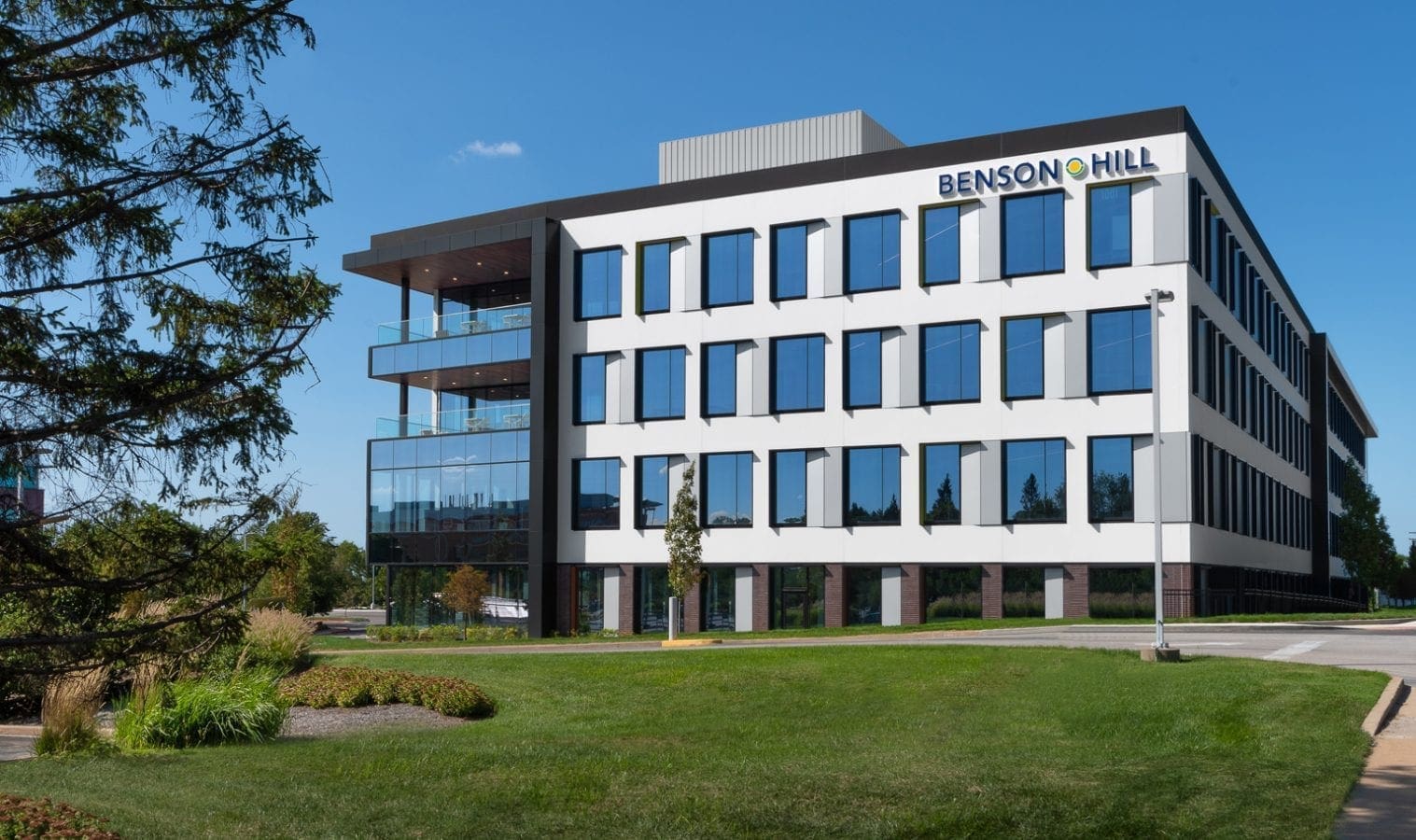USA— Greenfield Holdings LLC’s planned construction of a US$400 million export grain terminal in Wallace, Louisiana will create 371 new jobs in the community with annual labor income of more than US$26.5 million per year, according to a new report from Greater New Orleans, Inc. (GNO).
Greenfield first proposed plans for the terminal two years ago, but the project has been met with resistance from area activists who claim the terminal would be located too close to the town and it could create new environmental hazards.
In response, Greenfield said the project’s economic benefits outweigh the concerns. Michael Hecht, president and CEO of GNO Inc. said that the residents of the area need good jobs that provide them the economic freedom to support their families.
“Our analysis indicates that the Greenfield project will help provide these jobs, and thus help the people of the West Bank of St. John the Baptist with opportunity for the future,” he added.
GNO projects that the facility would support nearly 1,000 jobs during construction and more than 371 new jobs in the community once it is open
This is backed by new analysis from Greater New Orleans Inc., the region’s economic development nonprofit. It reported that when at full capacity and under the proposed US$400 million in capital expenditures, the construction of the proposed grain elevator “will have a major positive economic impact on the economy in Louisiana, driving jobs, income and tax revenue.”
GNO projects that the facility would support nearly 1,000 jobs during construction and more than 371 new jobs in the community once it is open.
The second number includes 100 direct jobs at the Greenfield site, 161 indirect jobs — including contractors and suppliers — and 110 jobs at restaurants and other supporting businesses.
The analysis also projects nearly US$6 million in new tax revenue annually during construction and US$8.4 million annually after opening.
Greenfield Louisiana is an export grain elevator that expects to move more than 11 million tonnes of agriculture products, primarily corn, wheat, and soybeans with some throughput from other locally grown specialty crops, to the export market.
Products will principally be transported via barge on the Mississippi River or the inland waterway system to the new grain elevator, where they are unloaded, stored, cleaned and then loaded onto an ocean-going vessel for export.
Liked this article? Subscribe to Food Business Africa News, our regular email newsletters with the latest news insights from Africa and the World’s food and agro industry. SUBSCRIBE HERE











